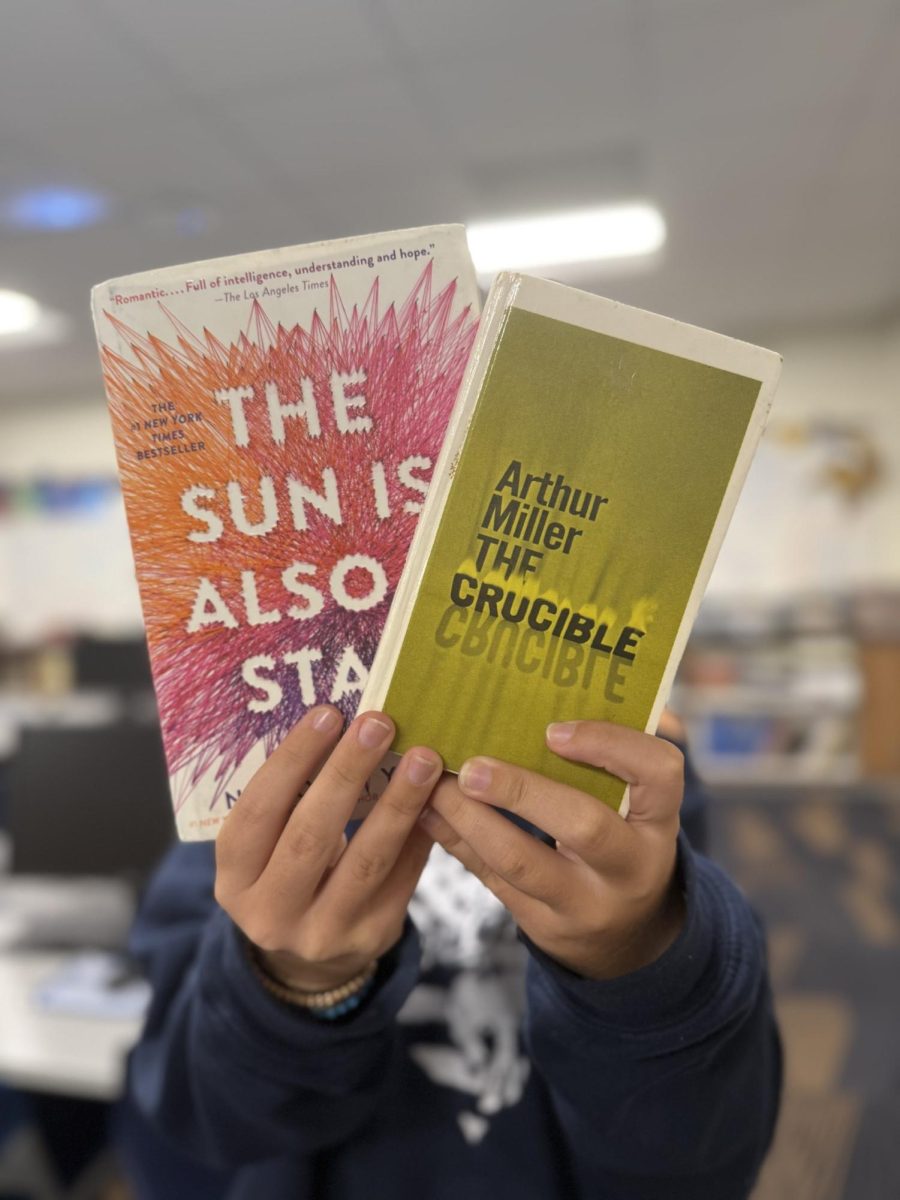Mental health is increasingly becoming a concern, not only among younger generations but also in adults. With the rise of social media and technology, mental health is being impacted more, contributing to higher rates of depression and anxiety. Because of this growing concern, medications such as antidepressants are available to those in need. But what if they don’t work? What if a patient still experiences symptoms of depression? These are the questions that Transcranial Magnetic Stimulation (TMS) aims to address.
TMS uses magnetic fields to stimulate neurons in the brain, specifically targeting areas related to emotions and internal decision-making. By doing so, TMS helps reset dysfunctional brain patterns associated with depression.
According to yalemedicine.com, Dr. Sherab Tsheringla, a Yale Medicine psychiatrist and TMS researcher, expressed optimism about the future of TMS and how it can further expand doctors’ and scientists’ understanding of the brain.
“TMS offers hope to individuals who have not felt like they had any relief after trying several treatments. There is also an opportunity here, even from a neuroscience perspective, to better understand different parts of the brain, how they function and how we can modulate them to guide future treatment,” Tsheringla said. “It’s always exciting in a field where medicines have remained stagnant for such a long time to develop interventions such as TMS. The future looks really promising.”
TMS was invented in 1985 by Anthony Barker, a physicist at the University of Sheffield in the United Kingdom, and approved by the Food and Drug Administration (FDA) in 2008. Since then, TMS has continued to evolve as a therapeutic treatment, providing doctors with valuable insights into the brain and human emotions. TMS is primarily used for patients with depression, obsessive-compulsive disorder (OCD) and anxiety who have tried two or more antidepressants or other treatments without success.
The treatment is often compared to an MRI, as it is noninvasive and typically lasts no more than 60 minutes. TMS is also compared to electroconvulsive therapy (ECT), which uses medically induced seizures to stimulate the brain for treating depression and bipolar disorder. With advancements in technology, TMS is now showing promise beyond mental health, including in addiction treatment. According to AddictionCenter.com, 11 out of 16 people who received TMS experienced improvement in their battle against addiction.
Spencer Langston, a current TMS patient, shared his positive experience with the treatment, noting noticeable results after just two weeks.
“For me, the treatments in the beginning were never painful. It feels like static electricity on my head, like when you accidentally shock someone after pulling laundry out of the dryer. Now, I enjoy my treatment and find myself missing my ‘zaps’ on the weekend. Although I’m only two weeks into my treatment, I am noticing a considerable drop in anxiety and an ability to let intrusive thoughts come and go. I’m being treated for anxiety, depression and OCD. I have more energy and more of an ability to do things,” Langston said.
He further encouraged others who struggle with treatment-resistant depression and anxiety to consider TMS.
“I had never heard of TMS until I randomly saw a video of someone doing it online. Having suffered from depression and anxiety for years, being in therapy and trying medications — most of which didn’t help, I figured that I would try something new. On a deeper level, I have people that I love that I want to be better for. Without a doubt, I think that anyone struggling with treatment-resistant depression and anxiety should give TMS a try. There is a very good chance it could seriously change your life,” Langston said.
While therapy comes in many forms, it is often stigmatized as a sign of weakness. Society’s expectations of maintaining happiness and stability can discourage people from seeking the help they need. However, therapy has shown significant benefits. According to MyDenverTherapy.com, 86% of people report that therapy has improved their well-being. In the U.S., 17% of teens see a therapist each year.
While some younger individuals may not be candidates for TMS or ECT, Cognitive Behavioral Therapy (CBT) is a widely used alternative. CBT is a form of talk therapy that helps patients manage challenges by changing negative thought patterns and behaviors. Both students and adults benefit from CBT each year.
Christi Foster, a guidance counselor and therapist at Spartanburg High School, believes CBT can be particularly helpful for students. She also emphasized the need to prioritize mental health discussions.
“I feel like the best therapy for working with students is Cognitive Behavioral Therapy because it targets the behaviors that we want to change or improve upon and is also the most effective in working with someone with depression and OCD. Again, you are targeting negative or unwanted behaviors and thoughts,” Foster said.
“I absolutely feel like mental health should be talked about more. Through my years of being a therapist, I have seen an improvement in the exposure of mental health, but we still have a long way to go. I feel mental health is underappreciated and underestimated.”








